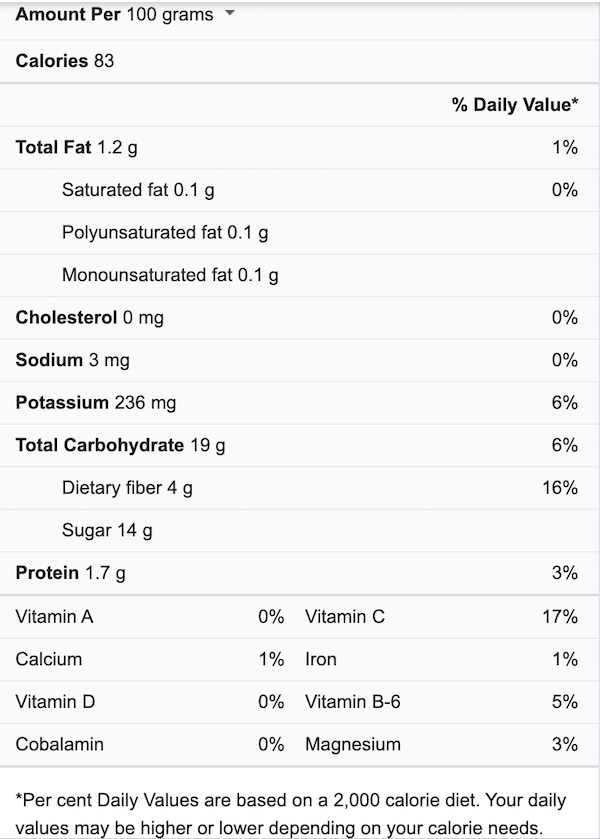Powerful & Potent Benefits of the Pomegranate (punica granatum)
Amazing nutritional powerhouse with anti-oxidants, vitamins and minerals and much, much more. Typically this fruit contains; vitamin C and vitamin K, a little vitamin E and folate. It has all the minerals that we need including phosphorous and magnesium.
It is a powerful healing force packed with goodness. It has biblical importance after all!
Punica granatum is a rich carbohydrate that is a whole food with lots of important fibre and natural sugars so there is no need to fear this wonderful fruit. In fact include it in your daily routine as much as possible.
As far as fat goes there is a small amount of omega 6.
Most potently is the high amount of phytonutrients contained within all parts of the fruit, which demonstrate in clinical studies to be anti-cancer, anti-viral, anti-fungal, anti-inflammatory, anti-diabetes, anti-atherogenic and hepato protective too. High in polyphenols, flavonoids, and lanthionines as well. Many studies have shown benefits for cardiovascular health and various cancers. For details please click on the link to the research paper in the ‘References’ section below.
Pomegranate is also high in anti-oxidants so it is very important for a healthy immune system.

Recipes with Pomegranate In

Choose organic if you can as the soils are richer in minerals.
You can choose fresher ones by working out its age. An old pomegranate should be smooth round and glossy, feel around for extra soft spots.
The more shriveled ones are older so will not be as juicy.
If you prefer, you can store them in the fridge.
Remove the stickers and composite the plant so that you use all the fruit well.
This fruit is a juicy fruit so add to a big deep bowl when cutting it open and use the video above to open and de-seed.
Enjoy!
When are Pomegranets In Season?
The pomegranate (Punica granatum) is a shrub from the deciduous family Lythraceae and is fruit-bearing. It’s from the subfamily Punicoideae, that grows between 5 and 10 m (16 and 33 ft) tall. Pomeganets fruit is season, from September to February in the Northern Hemisphere and from March to Mayin the Southern Hemisphere.
How to Use
- Use the video above to deseed, then add to your salads, juices or smoothies. If you eat on your salads you may not need any further salad dressing as this fruit is so juicy
- Use as a topping on vegetable dishes
- Eat as is
Top Tip
- Best not to heat it as this denatures its benefits that we have explored above

Not Recommended
Best is to eat the fruit whole.
Pre-packaged pomegranate products = high in sugar. Avoid ALL pre-made juices – not just pomegranate. These are not good for your teeth or your waste line.
Supplements are not recommended as these are isolated concentrated nutrients and your body, like nature pulls these nutrients from whole foods far better and more efficiently than from the synthetic form and the ratio of sugar to fibre will be in the right quantities.

